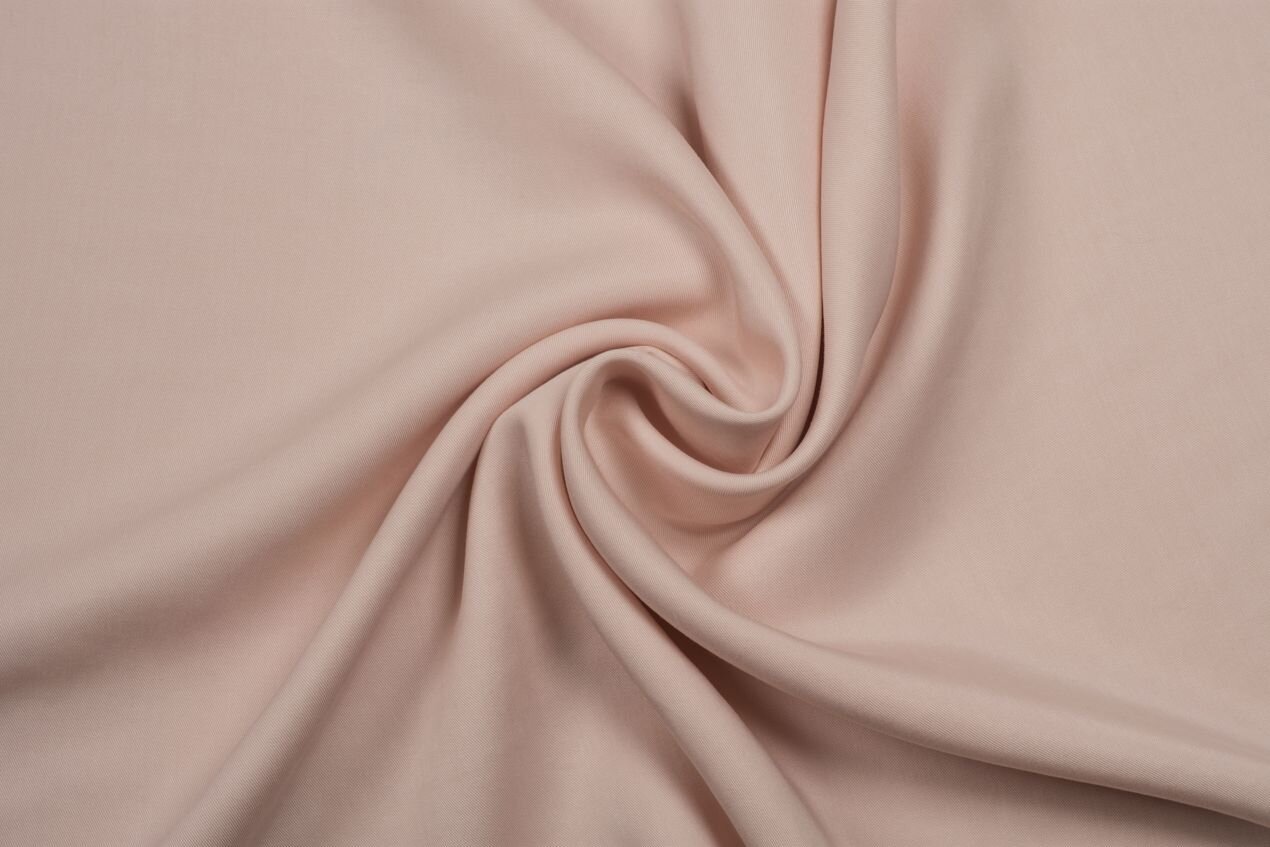In the world of fashion, clothing is not just about fabric and style; it is also about texture. One of the most intriguing aspects of texture in clothing is structural texture. This unique element adds depth, dimension, and visual interest to garments, elevating them from ordinary to extraordinary. In this blog post, we will delve into the concept of structural texture in clothing, exploring its significance, techniques, and the impact it has on the fashion industry.
- Understanding Structural Texture:
Structural texture refers to the deliberate manipulation of fabric or the addition of embellishments to create three-dimensional effects on clothing. It involves the use of various techniques such as pleating, ruching, gathering, quilting, smocking, and appliqué. These techniques not only enhance the visual appeal of garments but also contribute to their functionality and comfort. - Significance in Fashion:
Structural texture plays a crucial role in the world of fashion, as it allows designers to push the boundaries of creativity and innovation. By incorporating structural elements into their designs, fashion houses can create unique and captivating pieces that stand out in a crowded market. Structural texture also adds a tactile element to clothing, making it more engaging and interactive for the wearer. - Techniques and Applications:
a. Pleating: Pleating involves folding fabric in a specific pattern to create permanent creases. This technique adds volume and movement to garments, giving them a sculptural quality.
b. Ruching: Ruching is the gathering of fabric in a linear pattern, creating a rippled effect. It is often used to add texture and visual interest to bodices, sleeves, and skirts.
c. Quilting: Quilting involves stitching together multiple layers of fabric to create a padded or raised effect. This technique is commonly used in outerwear and accessories to provide insulation and structure.
d. Smocking: Smocking is a technique that involves gathering fabric into small, regular pleats and then securing them with decorative stitches. It adds elasticity and texture to garments, often seen in the bodices of dresses and blouses.
e. Appliqué: Appliqué is the process of attaching fabric or decorative elements onto a base fabric to create a textured design. It allows for intricate detailing and customization, making it a popular choice for embellishing clothing. - Impact on the Fashion Industry:
The use of structural texture in clothing has revolutionized the fashion industry. It has opened up new avenues for designers to experiment with unconventional materials, shapes, and silhouettes. Structural texture has also contributed to sustainable fashion practices by enabling the repurposing of materials and reducing waste. Moreover, it has influenced consumer preferences, as individuals seek out unique and visually striking garments that reflect their personal style.
Conclusion:
Structural texture in clothing is a captivating and influential aspect of the fashion world. By understanding its significance, techniques, and applications, we can appreciate the artistry and craftsmanship behind innovative designs. Whether it's through pleating, ruching, quilting, smocking, or appliqué, structural texture adds depth, dimension, and a touch of magic to the garments we wear, making fashion an ever-evolving and exciting realm of creativity.


